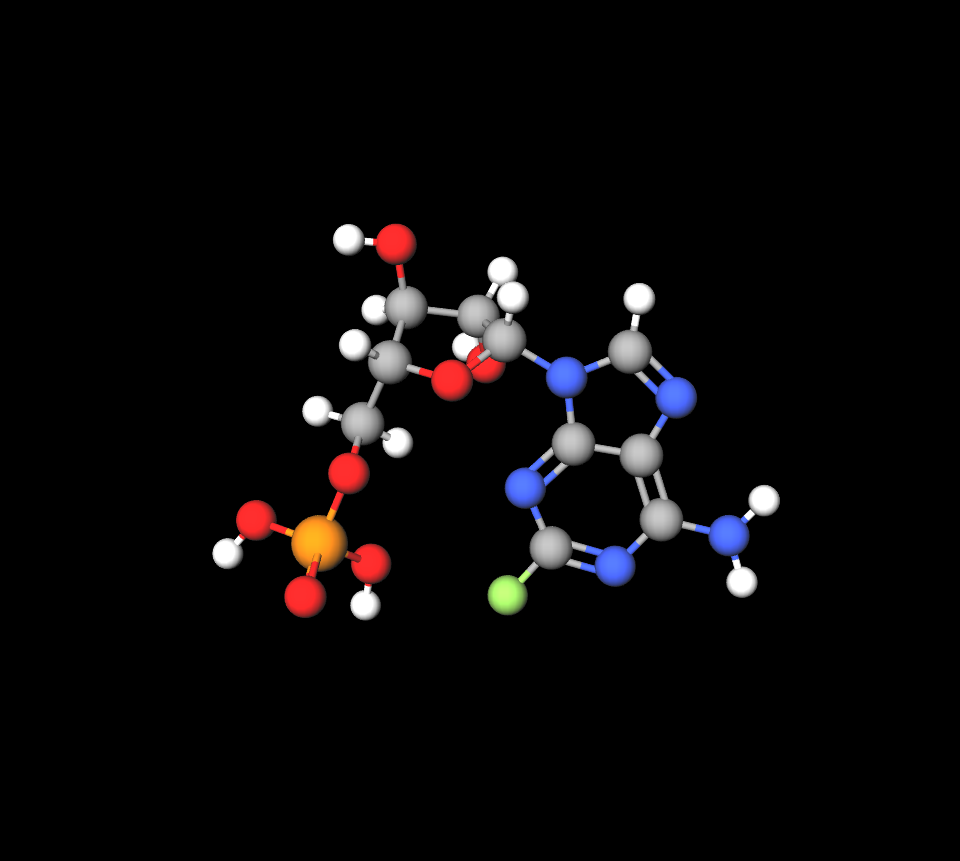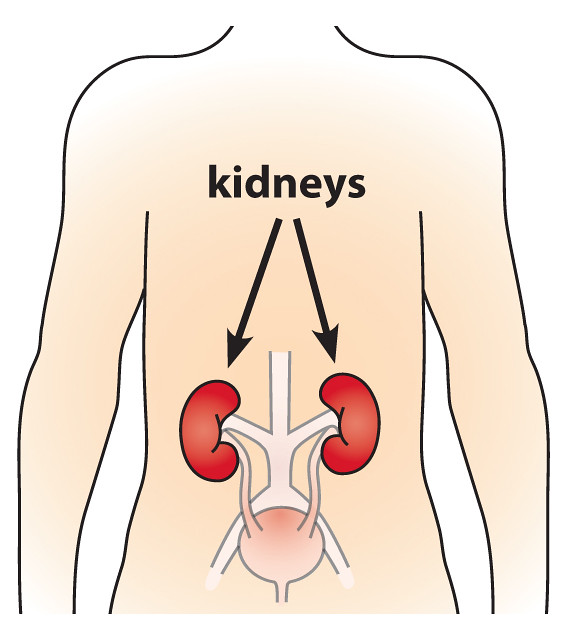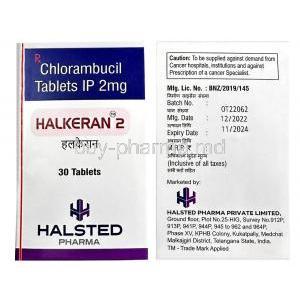Fludara Injection
- Introduction
- Uses of Fludara Injection
- How Fludara Injection Works
- Composition of Fludara Injection
- Dosage and Administration
- Fludarabine side effects
- Warnings and Precautions
- Contraindications
- Careful Administration Guidelines
- Administration to Special Populations
- Drug Interactions
- Overdosage
- Storage Guidelines
- Handling Precautions
Introduction
Overview of Fludara Injection
Fludara Injection is a chemotherapy drug that targets cancer cells while sparing the body's healthy functions, making it precise and effective in fighting blood cancers.
Brief History and Development of Fludara Injection
In the early part of the century, Fludara Injection was introduced as a major advancement in cancer treatment, specifically for chronic lymphocytic leukemia (CLL). Its approval for this condition represented an achievement in the field of cancer pharmacotherapy.
Importance in Cancer Treatment
Fludara Injection plays a role in the treatment of blood cancers by disrupting DNA replication in cancerous cells, leading to better patient outcomes.

Uses of Fludara Injection
Approved Therapeutic Uses
Off-Label Uses
- Treatment of Low-Grade Non-Hodgkin Lymphoma: Fludara Injection is sometimes employed in cases where standard protocols are insufficient.
- Management of Hairy Cell Leukemia: Its mechanism of action aligns well with the needs of patients with this rare leukemia subtype.
- Experimental Applications: Emerging studies explore its potential in autoimmune conditions, revealing new therapeutic horizons.
How Fludara Injection Works
Fludarabine mechanism of action
Fludarabine phosphate acts as an antimetabolite by imitating nucleotides and merging into the DNA of dividing cancer cells to halt their growth.
Cellular Pathways Affected by Fludara Injection
Fludara doesn't just stop DNA synthesis; it also interferes with different ways cells work by interfering with repair processes and ultimately causing cell death, all of which boosts its ability to fight cancer.

Composition of Fludara Injection
Active Ingredients
The main component in this medicine is fludarabine phosphate, which is a treatment for blood-related cancers.

Inactive Ingredients and Excipients
Crafted with stabilizing agents and buffers, these elements guarantee the durability and effectiveness of the injection throughout its storage and application.
Pharmaceutical Form and Appearance
Fludara Injection is usually provided as a sterile solution designed for administration and easy use.
Dosage and Administration
Standard Dosage for Approved Uses
The typical dosage for Chronic Lymphocytic Leukemia (CLL) is 25 mg/m² given for five days in a row every 28 days; however, adjustments may be necessary depending on how each patient responds to the treatment.
Adjustments for Specific Patient Groups
Administration Techniques
- Intravenous Infusion Protocols: Administered under strict medical supervision to mitigate potential adverse effects.
- Treatment Cycles: Typically repeated every 28 days, allowing for adequate recovery between cycles.
Fludarabine side effects
Common Side Effects
Rare but Serious Side Effects
- Severe infections due to immunosuppression
- Neurological complications, such as encephalopathy
- Tumor lysis syndrome necessitating immediate intervention
Fludarabine long term side effects
Neurologic disorders:
Fertility
Organ damage:
Fludarabine has the potential to harm organs such as the brain and lungs. This may lead to feelings of fatigue and breathlessness or alterations in function.
Warnings and Precautions
Risk of Immunosuppression and Infections
Patients are more susceptible to infections, so it is crucial to take action and maintain close monitoring at all times.
Monitoring Requirements During Treatment
It's important to check blood counts and kidney function to catch any effects early and make necessary treatment adjustments.
Importance of Avoiding Live Vaccines
Using vaccines while undergoing Fludara treatment can be risky as they may impact the system's function both during and after the treatment period.
Contraindications
Known Hypersensitivity to Fludarabine Phosphate
People who have experienced reactions to this substance in the past should avoid getting Fludara Injections.
Severe Kidney Impairment
Patients with kidney problems should avoid using it because reduced kidney function can raise the chances of side effects.

Existing Infections
Before starting any treatment regimen, it is essential to address any active infections, particularly those caused by viruses, to prevent them from worsening further.
Careful Administration Guidelines
Dosing Considerations for Patients with Renal Impairment
Renal function significantly influences the pharmacokinetics of Fludara Injection. Patients with impaired renal function require meticulous dose adjustments to prevent the accumulation of the drug, which can exacerbate toxicity. A creatinine clearance below 30 mL/min is typically considered a contraindication for use.
Monitoring Immune Function During Therapy
Due to its immunosuppressive properties, close monitoring of immune function is imperative. Regular assessments of lymphocyte counts and overall immune competency help mitigate risks associated with opportunistic infections.
Strategies to Minimize Toxicity
- Prophylactic antibiotics to reduce infection risks
- Frequent blood tests to track hematologic changes
- Adjustment of treatment schedules based on individual tolerance levels
Administration to Special Populations
Administration to Elderly Patients
Elderly individuals may experience changes in how their bodies process and eliminate drugs over time. Observations and dosage adjustments must be made with care to ensure effectiveness without compromising safety for this age group.

Use During Pregnancy and Nursing
Avoid using Fludara Injection while pregnant as it can harm the fetus based on animal studies. Requires contraception during treatment to prevent risks of harm to the unborn child. Additionally, breastfeeding is not advised while taking this medication as it may be passed through breast milk and pose risks to infants.
Administration to Children
There is no information on using this with children available yet; it's important to weigh the risks against the benefits and only give it under the supervision of a medical expert.
Drug Interactions
Interactions with Other Chemotherapy Agents
When Fludara Injection is used with chemotherapy drugs it can enhance both the negative effects of the treatment regimen.
Potential Interactions with Immunosuppressive Drugs
Combining immunosuppressants concurrently can increase the chances of developing immunodeficiency, requiring monitoring and preventive actions to guard against infections.
Antiviral and antibiotic medications might change how well Fludara Injection works, and its safety characteristics can be affected. It's important to know your medication history before starting treatment to avoid any side effects caused by drug interactions.
Overdosage
Signs and Symptoms of Overdose
Potential signs of an overdose can involve bone marrow suppression along with symptoms like seizures and pronounced immunosuppression effects, which require prompt identification for necessary action.

Immediate Management Steps
- Discontinuation of the drug
- Supportive care, including hydration and electrolyte management
- Blood transfusions or granulocyte colony-stimulating factors if necessary
Long-Term Effects of Overdose
Chronic immune suppression and permanent neurological damage are long term issues that may necessitate observation and rehabilitative treatment for full recovery.
Storage Guidelines
Optimal Storage Conditions for Fludara Injection
Keep Fludara Injection in its packaging at temperatures ranging from 2°C to 8°C (36°F to 46°F). Avoid freezing it, as it could affect the stability of the solution, and store it away from sources.
Shelf Life and Stability Information
Typically, the item can be kept for two years if stored properly before being opened to use it quickly or disposed of, as instructed.
Proper Disposal of Unused Medication
Remember to follow your guidelines for disposing of any leftover Fludara Injection to ensure it is handled in a way that is safe for the environment rather than flushing or pouring it down drains.
Handling Precautions
Safe Preparation of Fludara Injection
Healthcare workers need to follow a procedure when preparing Fludara Injection ensuring that dilution and handling occur in a controlled setting to reduce the chances of contamination.
Use of Personal Protective Equipment (PPE)
Be sure to wear protective gear, such as gloves and gowns, when preparing and giving treatment to prevent accidental contact with harmful substances.
Environmental Precautions to Prevent Contamination
- Spillage kits should be readily available in preparation areas
- Work surfaces must be cleaned with approved disinfectants after use
- Strict adherence to disposal protocols for syringes and other materials
Fludara Injection FAQ
- What is fludarabine phosphate injection used for?
- What is the use of fludarabine injection?
- How often is fludarabine given?
- What is the purpose of fludarabine?
- Is fludarabine toxic to lung?
- What precautions should be taken during fludarabine?
- What are the symptoms of fludarabine?
- What are the side effects of fludarabine for kidneys?
- What is an alternative to fludarabine?
- Do you lose your hair with fludarabine?
- Is fludarabine FDA approved?
- Can fludarabine cause a fever?
- What is the indication of fludarabine?
- What kind of chemo is fludarabine?
- How is fludarabine given?
What is fludarabine phosphate injection used for?
Fludarabine Phosphate Injection is recommended for treating adult patients with B cell leukemia (CLL) who have shown no improvement or worsening of their condition while undergoing treatment, with a standard regimen containing alkylating agents.
What is the use of fludarabine injection?
A chemotherapy medication that inhibits the proliferation of cancer cells is commonly employed to manage leukemia (CLL).
How often is fludarabine given?
Each cycle of treatment should start every 28 days lasting for 5 days.
What is the purpose of fludarabine?
Fludarabine is a medication commonly used to combat leukemia. It targets specific enzymes involved in DNA synthesis and ultimately eradicates malignant cells.
Is fludarabine toxic to lung?
Fludarabine treatment may lead to lung problems that vary from mild to breathing issues.
What precautions should be taken during fludarabine?
Try to steer clear of individuals who have had vaccines recently (like the flu shot administered through the nose). Fludarabine might heighten your risk of catching infections. Keep your distance from anyone with an infection (such as chickenpox or COVID-19) that can easily spread.
What are the symptoms of fludarabine?
loss of appetite. nausea. vomiting.constipation.diarrhea.mouth sores.hair loss.numbness
What are the side effects of fludarabine for kidneys?
Issues with the kidneys that could potentially lead to dialysis treatment may occur in some cases. Additionally, you might experience bleeding, which could manifest as pain or discomfort along with dark and sticky stool, blood in vomit, cough that produces blood, presence of blood in urine, or nosebleeds. Liver complications may also arise, resulting in discoloration of the eyes and skin as well as swelling. Furthermore, you may encounter challenges with bladder emptying or difficulties while urinating.
What is an alternative to fludarabine?
Lemphodepletion with bendamustine
Do you lose your hair with fludarabine?
This medication might occasionally lead to a hair loss occurrence.
Is fludarabine FDA approved?
Yes
Can fludarabine cause a fever?
After your child receives fludarabine, they might experience fever and chills.
What is the indication of fludarabine?
Fludarabine Phosphate Injection is used to treat individuals with B-cell leukemia (CLL), specifically those who have not shown improvement or whose condition has worsened while undergoing treatment with a standard regimen containing alkylating agents.
What kind of chemo is fludarabine?
Fludarabine is classified as one of the medications known as antimetabolites.
How is fludarabine given?
Fludarabine can be administered either through a drip into the bloodstream (or in the form of tablets known as Fludara oral).











